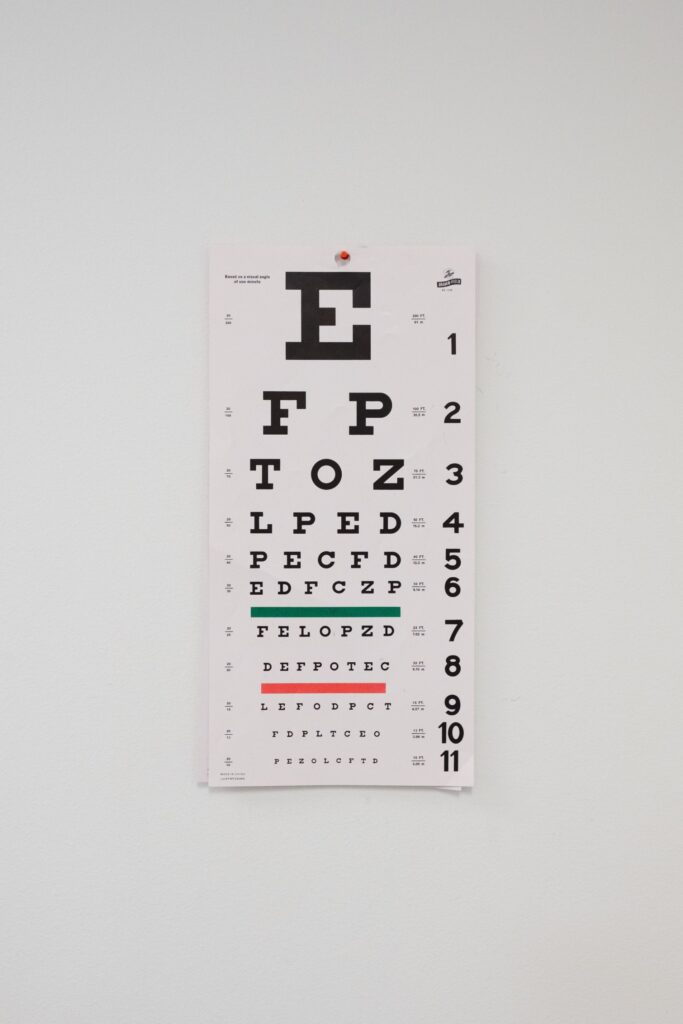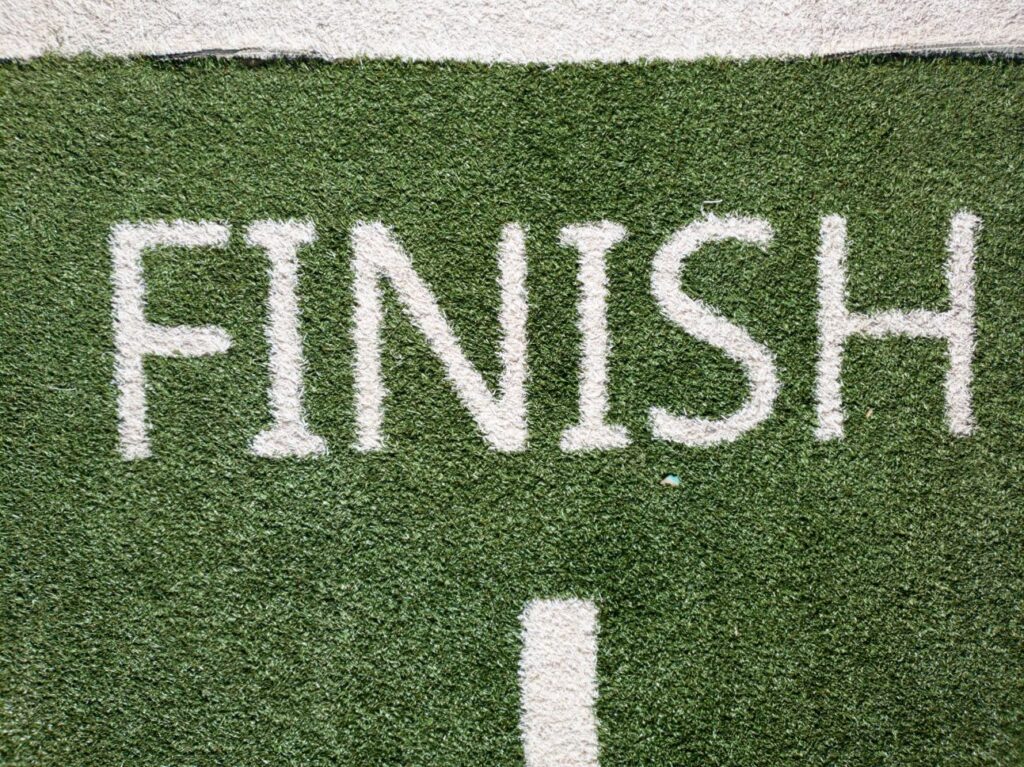If you’ve spent anytime in fantasy or sci-fi, you know it has a proclivity towards violence and action. Even if you aren’t reading a gruesome, bloody fight in a grim dark fantasy, if you’ve read just about any fantasy book, you’ve likely read a fight scene.
Whether it’s a battle scene with a sword fight, a martial art action sequence, or just a character witnessing a bar fight, almost every fantasy book includes a fight scene; most include many.
Many people and critics have discussed the value (or lack thereof) of violence in the media we consume, whether visual or otherwise. But you’re not here to read that sort of discussion, you’re wanting to know how to write a fight scene!
The ramifications of violence can be discussed in other avenues. You’ve read and enjoyed a good fight scene, and now you want to know how to include them in your book.
Due to the often random and expansive nature of violence, fights, and war, fight scenes have the ability to take on almost any appearance and therefore have a near infinite potential for entertainment.
While you may be familiar with the ideas behind including these scenes your book, you may not know how to write a fight scene, or at least where to begin. We’ve got you covered! We’re going to talk about the following things:
Table of Contents
Set Your Scale!

One of the most important things to consider with your fight scene is the scale of the fight. Is this a character versus character battle, an epic fight scene where multiple armies face off, a trained fighter against lots of little guys, or something else entirely?
Establishing the scale of your fight will let you know what you need to balance, and it should help you decide your focus.
While huge, Helms Deep-esque fight scenes are epic and can get the reader’s mind racing, not all fights should be on a grandiose scale. Some of the best fight scenes I’ve ever read were just one on one fights, like the duels in the First Law Trilogy or in Words of Radiance.
Similarly, if a grand scale war isn’t handled well by the writer, the reader may not find much joy actually consuming the fight sequence.
The scope of an action sequence will help you know what details you should prioritize and how close you want to be to the characters. There’s no hard and fast rule for this sort of ratio, but typically, if you want to achieve a grander image of your battle, you’ll zoom out and see the ranks and follow the flow of the war rather than the fight.
When you establish the scale and scope, the reader will feel far more comfortable following multiple groups of people’s actions or will want you to stay mainly in the body and mind of just one or two individuals.
So how do you establish scope?
One of the first things you’ll need to do is determine the players. By showing the reader who will be involved in the action, you will help them determine how to read your following action sequence.
If you write very personal things about a single character and stick only with them, the reader will expect to to follow just this one person intimately.
If you want to widen your scope, you’ll use point of view in a more detached way, maybe writing instead about the faces of a wide sea of bodies, or how different people are holding their weapons, or by finding some other way to prepare the reader to follow hosts of people instead of a few.
Your scene can definitely oscillate between these views, but just know that this writing style may cause metaphorical whiplash in your reader. Do so carefully.
Sometime around establishing your players, you’ll also want to set the playing field. This can be done before, during, or after you introduce the characters involved, but this step is another easy way to display the scope of your fight scene.
No one will expect an all out war between thousands of people on a basketball court, but we could easily see a fight scene between two teams.
The setting is a key element of storytelling, and the same is true of writing fight scenes. The relationship between the setting and plot, or battlefield and battle in this case, can strengthen tensions, play into the absurd, and set the tone for the battle.
For example, it’s easier to imagine a bloody battle happening on misty hills because of our associations. While in a barfight, the reader expects a more hand-to-hand fighting with less of a serious undertone.
Express the Limits!

Once you have the scope set up (which can change later in the scene like Tolkien’s introduction of the Riders of Rohan in Lord of the Rings), you’ll want to express the limits of your character(s).
Doing so will allow for more exciting writing and is helpful in both small scale and large scale fight scenes. Expressing the limits to your battling characters works very similar to how showing a character’s weakness gets the reader’s attention.
Every scene you write, whether it’s a fight scene, love scene, or just a dialogue scene, should have build-ups and resolutions. By establishing and making clear the limits of at least one side of the battle, you will have made an easy source of build up and resolution for yourself.
Let’s take a small scale action scene for example. Pretend that you have a character with a broken leg who finds himself in a sticky situation. Maybe he’s dragging his leg through a dark, decaying forest when he eventually comes across human-sized spiders. Four of them to be exact.
You’ve set the stage, have the characters, and have expressed the limits of at least one side. Here we know that our character cannot run from the fight. His broken leg won’t allow for rapid movement, and because of the spider’s mobility and ability to climb trees, our character appears at a severe disadvantage.
These limits should help you with writing fight scenes because you will know how your characters might feel and will give the reader something to look for in the ensuing chaos.
The reader in this case will want to know how the character will overcome his injury and preserve his own life in the face of these devastatingly large arachnids.
The build up of the scene will come as he struggles to fight his enemies, and whether through luck or skill, he learns how to take a few of them out. The rising action will come with his successes and a few failures, and a good amount of the entertainment will come from knowing his weakness and the limits of the battle.
As for the resolution, fight scenes usually end with the character’s victory, but often that victory will come at a price. Maybe in this example, the character deals with the four spiders but has become poisoned in the meantime. Now, the scene has resolved, but the plot has developed more.
Naturally, this is a very sterile way of examining scenes, but a compelling fight scene will typically follow this line of thinking. Express your limits and use those limits to trace the build up and resolution.

Our 84-page book planner and 111 day writing course.
Clarity of Action!

Now that we’ve discussed some of the broader strokes many fight scenes use to set themselves up, the next step is figuring out how much detail and clarity you wish to include in the action itself.
There’s no correct solution to this problem, but we’ll examine some of the benefits and drawbacks for how in depth you decide to write.
One of the draws (and possibly turn offs) of writing is you can do an insane amount of research to have the most realistic fight scene, or you can pull back and stick with the emotion of the sequence.
One of the benefits for realism is that you’ll have a set group of people who will absolutely appreciate what you’re doing. The more in depth you get into the fight, the more these types of readers will enjoy reading because they understand exactly what’s going on.
But, you have to remember that if you go halfway into the hyperrealism, someone will always be there to call it out. There are always people in this world who know so much more than you about specific things.
I remember in one of my writing class we were doing a workshop on someone’s piece, and they were going in depth enough in a sword duel scene to write about feints and deflections and the weight of the sword and all that.
A particular person in my class was loving it until the writer wrote something about blocking an attack a certain way. This critical reader then lost all sense of immersion because “No one would actually block like that.” He went on a micro-rant about how swords work and different techniques people would used based on what he gathered from the characters’ fighting style.
Now, I’m not saying you need to write your fight scenes with this person in mind. I’m just letting you know that there are readers like that in the world who will be drawn in by the realism but then flip out if you make a mistake.
The benefit will be having a dedicated reader base while also leaving room for some exciting sequences because the reader will know exactly what’s going on. The downside, beyond the amount of time, research, and skill you will need, will be certain readers’ heightened attention to any mistakes you make in how your fighters are fighting.
On the other side of the spectrum, you can write your fight scene with as little detail as you’d like, taking a more emotional approach. This type of writing typically favors the larger scale where you can write out images that evoke whatever feeling you want to get across.
For example, in writing this way, authors will typically use symbolic language to describe the scene. They may speak of how “the bodies of both sides clashed in a bloody maelstrom” or “so fierce were the blows back and forth that the men appeared as lions, clawing at one another with fangs and claws like swords.”
Writing in this way removes any sort of specificity from the actions of the characters, but it allows for a more figurative writing style. The benefits of writing in this way are that you won’t need to know too much at all about how the fighting actually looks, and you can draw the reader in with imagery that will leave them with other feelings.
The drawback to this kind of writing is that it could lead to confusion or a lack of clarity from the reader’s perspective. They will also not receive some of the enjoyment that comes from understanding the individual side of fighting tactics. Grim dark readers love their blood and sword-impalement, and writing with figurative language isn’t as keen to give the reader that.
Like all things writing, you’ll want to strike a balance that works for you and plays on your strengths while mitigating your weaknesses. Adding figurative language to your action scenes can go a long way, but too much can bore the reader. Too much realism can do the same while opening you up to critique from a very specific kind of reader.
Try reading some of your favorite action scenes and note what the author does and what balance they find. Then try to emulate that in one of your scenes, whether in your novel or out, and see if it works for your style.
Conclusion!

Fight scenes are a dramatic part of your story that can get your readers’ blood flowing in a raucous excitement.
A great fight scene will will follow the story curve of build up and resolution while showing the reader the ins and outs of the setting, characters, limits, and action.
Keep in mind that the more you set the stage and ground your characters in the setting, the more likely you are to immerse the reader in your scene. Similarly, by having the battlefield described and the number of characters present, you are establishing the scope of your battle. When the reader knows the scope, they can more comfortably dig into the writing.
Once the scope is set, expressing the limits of your characters will help you determine the course of action for your fight scene. Showing the limits will also invest your reader in the choices your character makes.
Finally, when writing your fight scene, you’ll want to figure out how much clarity of action you’ll include. The two ends of the spectrum are as follows: figurative-heavy language and hyperrealism. Leaning entirely into one of these spectrum ends may alienate your reader, so be sure to do what suits you best while not actively distancing your reader.
Following these three steps should give you a solid base for setting up your fight scenes. As always, this list is not exhaustive but should put you in the right direction.
Continue to read successful fight scenes and authors, and see what they’re doing that you could incorporate into your work. For more tips on how to improve your writing craft, check out some of our other articles here!
gavinwride
Gavin is a fantasy author, short story enthusiast, and nature lover. When he’s not reading, writing, or exploring the outdoors, he is likely playing games. His board game collection is probably too big for someone living in a small apartment, and he has enough yet-to-be-played video games to fill a lifetime. His favorite book is "The Name of the Wind". His favorite author is Edward Abbey. His favorite game is "Dark Souls III", and he’d be more than happy to spend the day talking about lore, bosses, and game mechanics.
Our 84-page book planner and 111 day writing course.
